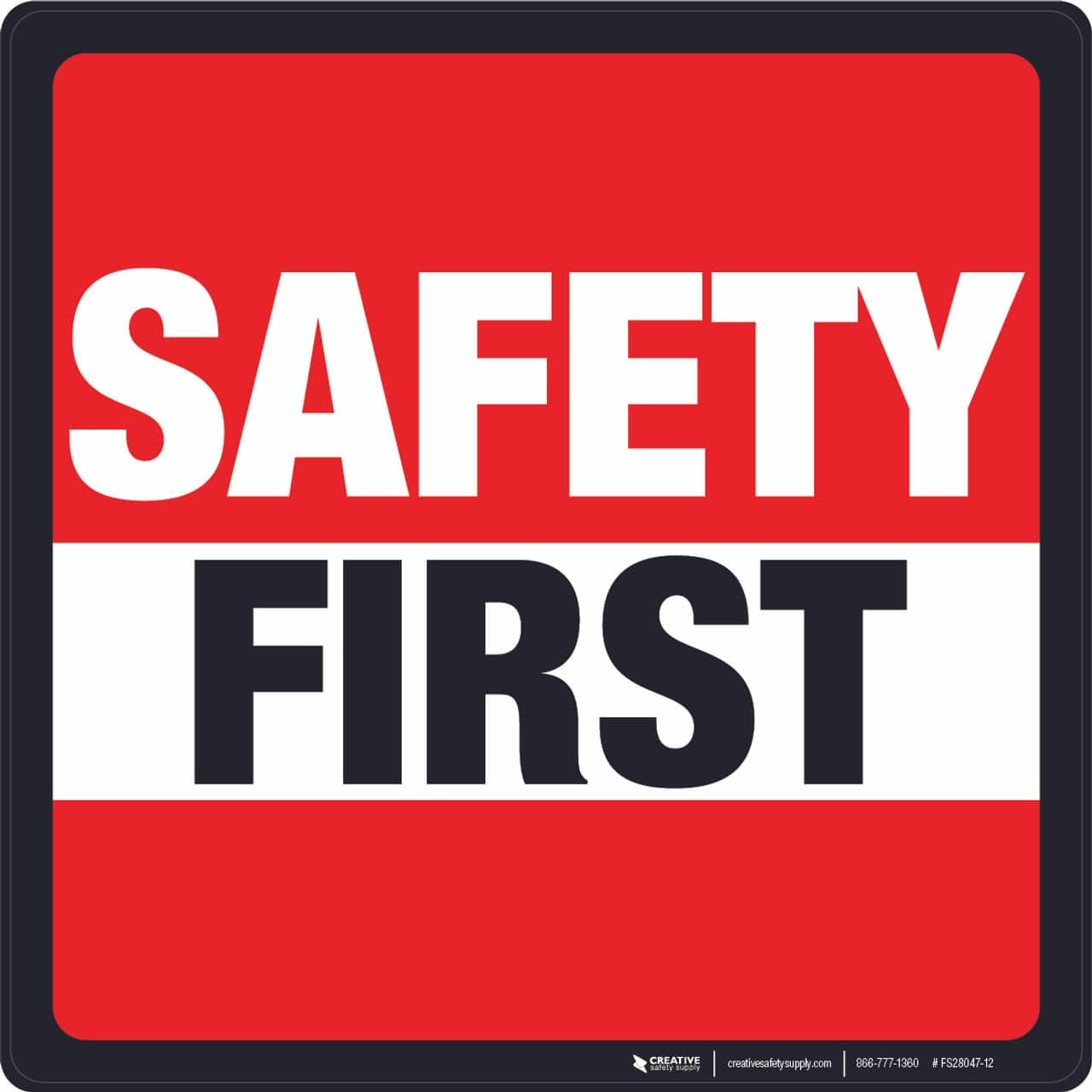While drainage systems are primarily designed to manage stormwater and wastewater, they can also incorporate safety features to protect homes and properties. These safety features play a vital role in preventing damage, ensuring the health and well-being of residents, and contributing to the overall resilience of the drainage system. In this comprehensive guide, we will explore the specific safety features that can be integrated into drainage systems and how they work to safeguard your home and property.

1. Sump Pumps and Flood Alerts
One of the most common safety features in drainage systems is the sump pump. Sump pumps are installed in basements and crawl spaces to prevent flooding. When water levels rise, the sump pump activates and pumps the excess water out of the area, diverting it away from your home. To enhance safety, modern sump pumps are equipped with additional features:
Battery Backup: Sump pumps with battery backup systems ensure continued operation during power outages, providing uninterrupted flood protection.
Water Level Sensors: Advanced sump pumps come with water level sensors that trigger the pump when water reaches a certain level, preventing flooding before it occurs.
Flood Alerts: Some sump pump systems can be connected to smart home systems or standalone flood alert devices. These alerts notify homeowners of rising water levels, allowing them to take preventive action.
2. Overflow Prevention and Check Valves
To prevent sewage from backing up into your home, drainage systems may incorporate check valves. These valves allow water to flow in one direction only, preventing the reverse flow of wastewater. In case of heavy rainfall or a surge in the drainage system, check valves keep sewage from entering your home, safeguarding your property and health.
3. Safety Grating and Grilles
Safety grating and grilles are essential features in outdoor drainage systems. They cover and protect openings in drainage channels, ensuring safety for pedestrians and preventing accidents. Safety grating is designed with slip-resistant surfaces, reducing the risk of slipping and falling, especially during wet or rainy conditions.
4. Proper Grading and Sloping
The grading and slope of the landscape play a critical role in preventing water from pooling around your property. If the land around your home is not properly sloped away from the foundation, it can lead to water accumulation, increasing the risk of water damage. Drainage systems that incorporate proper grading and sloping features help direct water away from structures, protecting your home’s foundation and overall safety.
5. Erosion Control Measures
Erosion control is an important safety feature in drainage systems. If soil erosion is not managed, it can lead to unstable terrain, land shifts, and damage to structures. Modern drainage systems often integrate erosion control techniques such as:
Riprap: Riprap involves placing large stones or rocks along water channels to absorb energy, reduce erosion, and protect banks from collapsing.
Sediment Basins: Sediment basins capture and store sediment-laden water, preventing it from entering the drainage system and causing clogs.
Stabilization Techniques: Drainage systems may incorporate methods like geotextiles or vegetation to stabilize soil and prevent erosion.
6. Clear and Visible Markings
In commercial and public spaces, safety markings are important to identify potential hazards. Drainage systems often include clear and visible markings to indicate the presence of drains, grates, or other drainage components. These markings alert pedestrians and drivers to potential safety risks and help prevent accidents.
7. Stormwater Detention and Retention Ponds
In areas prone to heavy rainfall and flash floods, stormwater detention and retention ponds are common safety features. These ponds store excess stormwater, reducing the risk of flash flooding and erosion. By controlling the flow of stormwater, these features protect properties and maintain the safety of surrounding areas.
8. Elevation of Utility Lines
In some drainage systems, utility lines may run in proximity to drainage channels or underground pipes. To ensure safety, utility lines are often elevated or protected to prevent contact with water and reduce the risk of electrical hazards. Safety codes and regulations typically dictate how utility lines should be installed near drainage systems.
9. Integrated Lighting for Safety
Lighting is another safety feature that can be integrated into drainage systems, especially in areas with drainage channels or ditches. Proper lighting ensures pedestrian safety and visibility during low-light conditions, reducing the risk of accidents.
10. Floodplain Management and Planning
In regions susceptible to flooding, floodplain management and planning are crucial safety features. These measures involve identifying flood-prone areas and implementing zoning regulations and building codes to prevent construction in high-risk zones. By keeping properties out of flood-prone areas, safety is enhanced, and the risk of flood-related damage is reduced.
Conclusion
Safety features in drainage systems are integral to protecting homes and properties. These features range from sump pumps and check valves to erosion control measures and safety grating. Proper planning and integration of these safety features help prevent accidents, protect structures from water damage, and ensure the overall safety and well-being of residents. Whether you’re considering a new drainage system or looking to enhance the safety of your existing system, these features are essential components that contribute to the security and resilience of your property.

